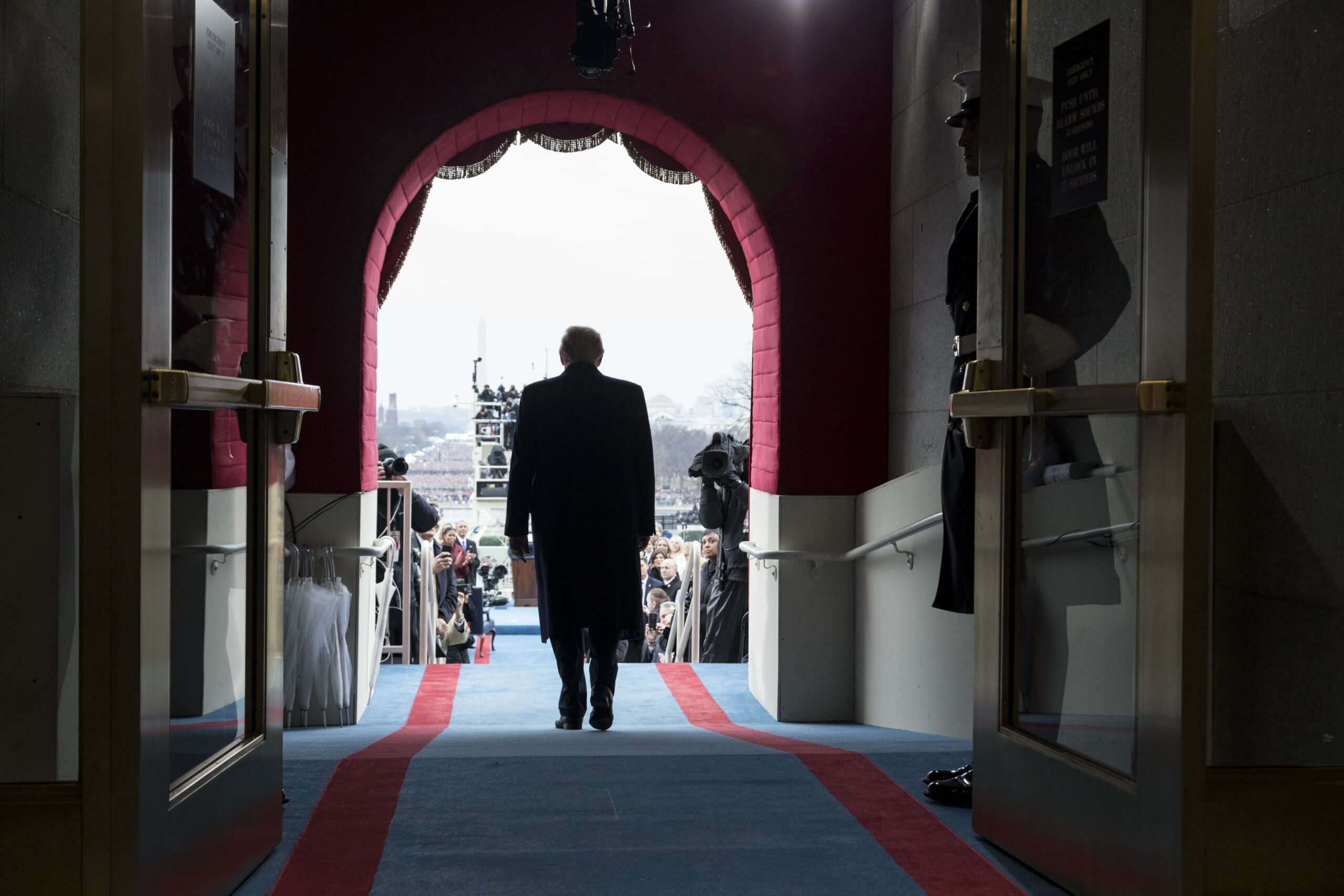Executive
A Second Trump Term and the States
Donald Trump, in his second term, will make State governments a more powerful player in many areas affecting business.

The presidential election is in its final stretch and the race is neck-and-neck, according to the polls. The outcome will have a profound impact at all levels of government and business, so preparing for a second Trump term would be prudent.
Trump supported greater latitude for States
In office and on the campaign trail, former President Trump has championed federalism and granting the states greater latitude to implement policies and programs. He has voiced a commitment to reducing the footprint of federal regulations. As president, he implemented executive orders and other actions that sought to ease regulatory costs and effects. The Trump Administration also galvanized deregulatory efforts at the state and local level through the Governors’ Initiative on Regulatory Innovation. A similar effort can be expected in a second term.
Trump has reiterated his support for Medicare and Social Security. At the same time, he has criticized the Affordable Care Act (ACA) and looks favorably on greater individual choice. Against that backdrop, a Trump administration would likely endorse the expanded use of State Innovation Waivers (a.k.a. Section 1332 waivers) to provide state marketplaces relief from the strictures of the ACA. A Trump Administration also likely will allow greater flexibility for alternatives to marketplace plans, including short-term limited duration insurance and Association Health Plans.
Likewise, expect a Trump administration to explore reforms to federal Medicaid financing, including caps on federal contributions, while giving the states greater flexibility in delivering healthcare accessibility. A new Trump administration would also likely encourage states to tie Medicaid eligibility to work, a policy that will be received favorably among Republican state lawmakers. During its first term, the Trump administration approved 13 states’ requirements tying Medicaid to employment. But the courts blocked the decision, and the Biden administration revoked the government’s prior approval.
Following up on judicial decisions favoring States
On artificial intelligence, then-President Trump issued a 2019 Executive Order on Maintaining American Leadership in AI. The next year he issued an Executive Order on Promoting the Use of Trustworthy Artificial Intelligence in the Federal Government. Last year, the former president vowed to set an AI policy rooted in innovation and free speech and has hinted at launching a “Manhattan Project” on AI. Administration policy likely will draw from – and impact – activity at the state and local level.
The Infrastructure Investment and Jobs Act and Inflation Reduction Act poured millions of dollars into states and localities. Trump has vowed to pursue reforms, including with electric vehicles incentives and mandates. Other renewable energy investments and incentives could also be on the negotiating table.
The recent Supreme Court decision in Loper Bright Enterprises v. Raimondo eliminates judicial deference for federal agencies in their interpretation of ambiguous federal statutes. State and local officials will pressure test broad federal laws. Beyond that, states may opt for Loper-like regulatory regimes with the Trump administration encouraging those efforts.
Earlier this year, Utah enacted a law that requires state agencies to identify federal regulations that have impacted them under the old and no-longer-operative standard of agency deference. With an eye toward litigation, agencies are then obligated to advise Utah’s attorney general about their findings.
Trump will elevate the role of State governments
In conjunction with the Loper decision, the former president’s policy preferences will elevate the role of state governments. State capitols likely will become larger focal points for problem-solving and legislation. If the vibe of the 45th president’s campaign was “let Trump be Trump”, the outlook of a second Trump administration might be “let the states govern”.
A Trump White House will push for a mixture of federal preemption where the states overly burden commerce and greater autonomy to relieve states of costs arising from intrusive federal requirements. That means balancing the sometimes-competing goals of deregulation and federalism.
Trump administration alumni have populated state and local governments, most prominently Sarah Huckabee Sanders, the Arkansas governor and former Trump White House spokesperson. Governors Henry McMaster of South Carolina, Greg Abbott of Texas, Doug Burgum of North Dakota, Kristi Noem of South Dakota, Jeff Landry of Louisiana and Ron DeSantis of Florida are a few key Trump allies to watch in relation to the interplay between Washington and the states. Governor Brian Kemp of Georgia also is poised to play a prominent role given his national profile and his taking the helm of the Republican Governors Association in 2025.
A new federal-State relationship
A second Trump presidency stands to profoundly alter the relationship between Washington and the states with a realignment of policies and influencers. States would have a freer hand to explore solutions and set their own priorities. Localities, like counties, also will be elevated as evidenced by the first Trump Administration’s State Leadership Days, that saw every county commissioner (or similar position) invited to the White House for high-level briefings and discussions. As for the federal government, it would spend less time micromanaging localities and more time addressing the challenges that face the country.
This article was originally published by RealClearPolicy and made available via RealClearWire.
William Crozer served as Special Assistant to President Trump and Deputy Director of the White House Office of Intergovernmental Affairs from 2018-2021. William is the Co-Head of the bipartisan State and Local Advocacy Practice Principal at the BGR Group where he was a Vice President prior to joining the White House. The BGR Group is a bipartisan, Washington, D.C.– based lobbying and communications firm, with offices in Austin, Atlanta, and London.
-

 Civilization3 days ago
Civilization3 days agoDC Pipe Bomb Arrest Raises Questions About Christopher’s Wray’s FBI
-

 Civilization4 days ago
Civilization4 days agoThe Legal Logic Behind U.S. Operations Against Narco-Terrorist Networks
-

 Executive4 days ago
Executive4 days agoNewsom’s ‘National Model’ for Homeless Wracked by Fraud
-

 Executive3 days ago
Executive3 days agoWhen You’re in a Hole, Stop Digging
-

 Education3 days ago
Education3 days agoWaste of the Day: Taxpayers Subsidize Football Coach Severance
-

 Executive2 days ago
Executive2 days agoWaste of the Day: Obamacare Failed Test, Approved Fraudulent Subsidies
-

 Civilization2 days ago
Civilization2 days agoPence Calls on Trump To Fire RFK Jr Over Abortion Drug
-

 Executive4 days ago
Executive4 days agoWaste of the Day: Feds Pay Nonprofits That Sue the Government








